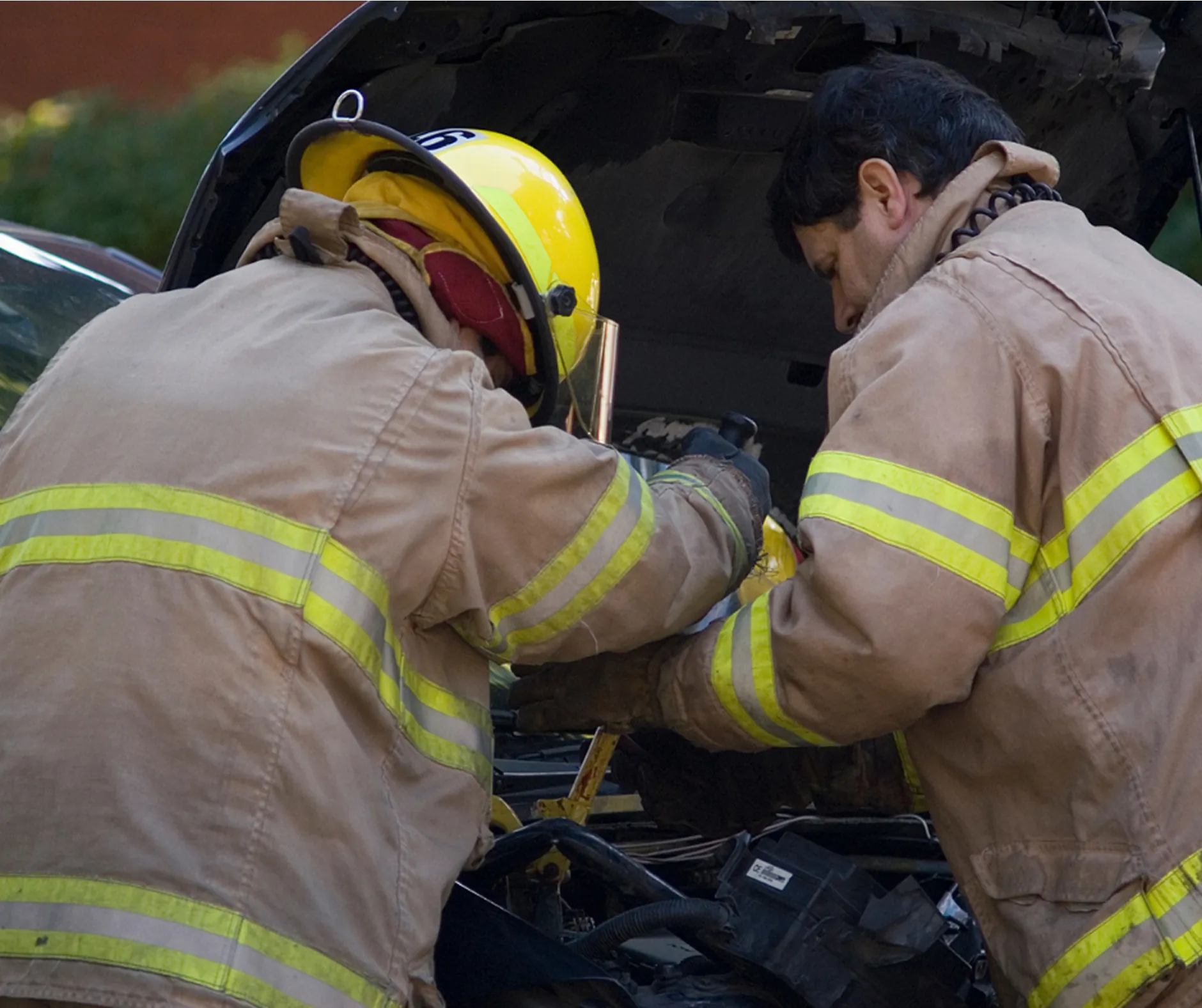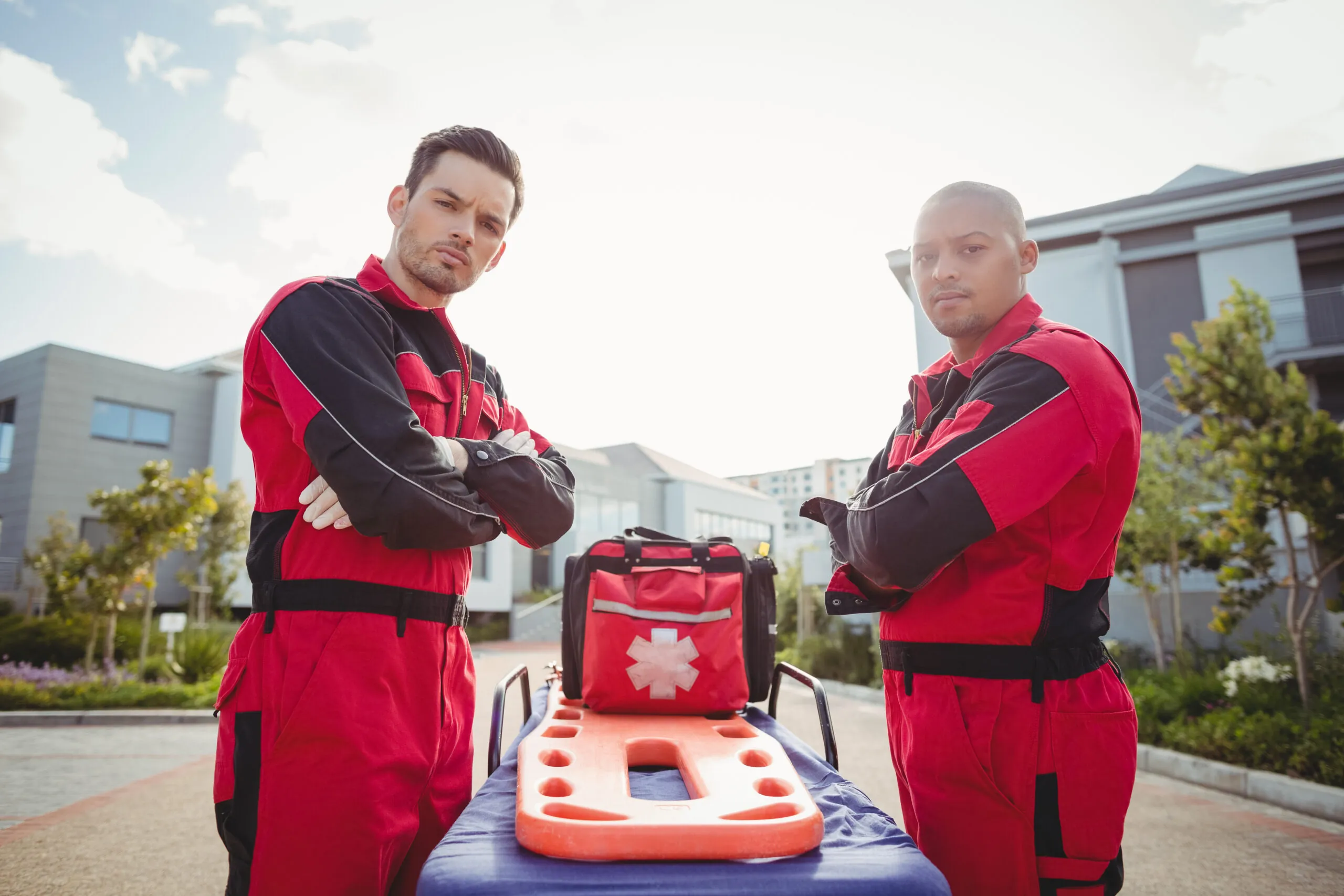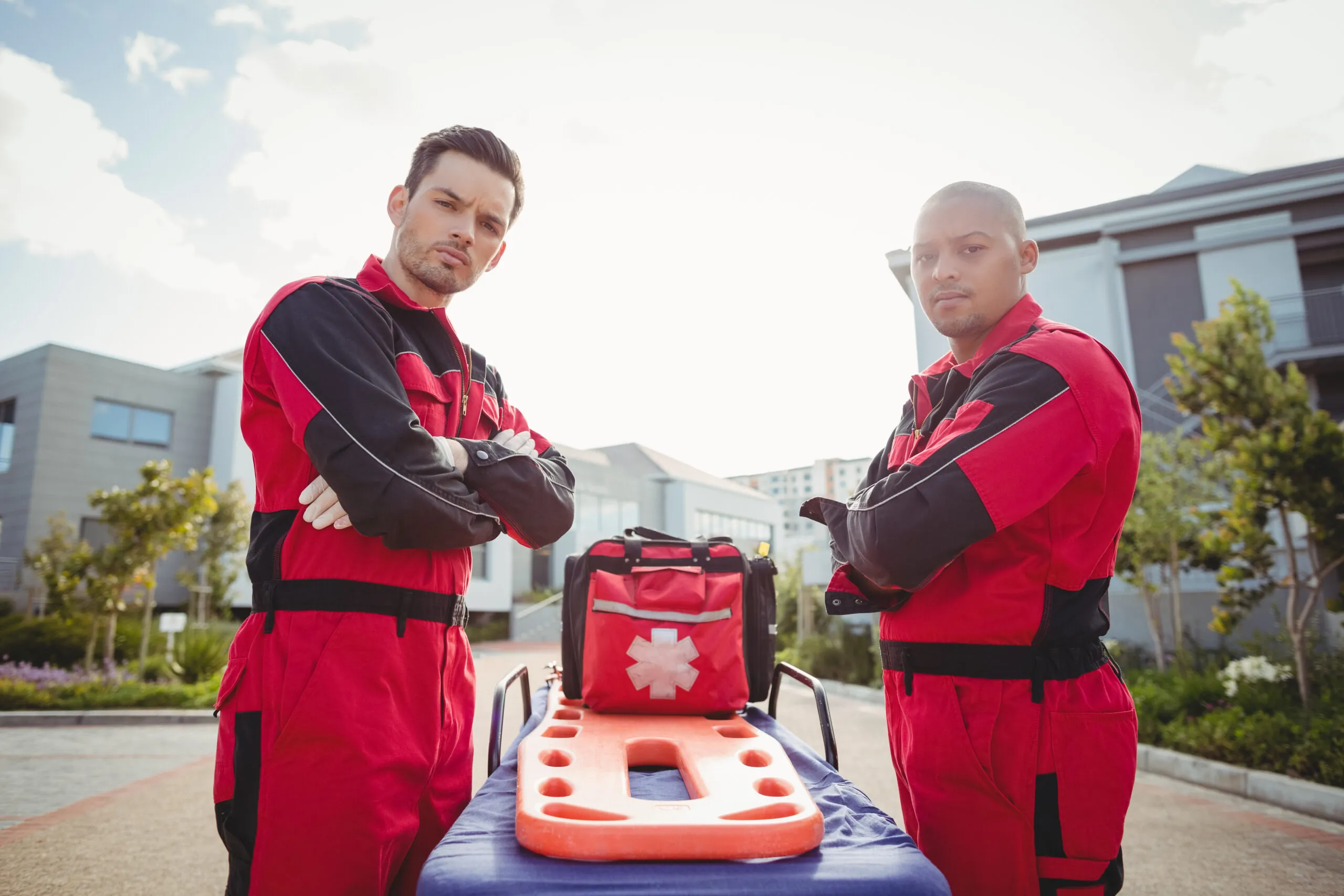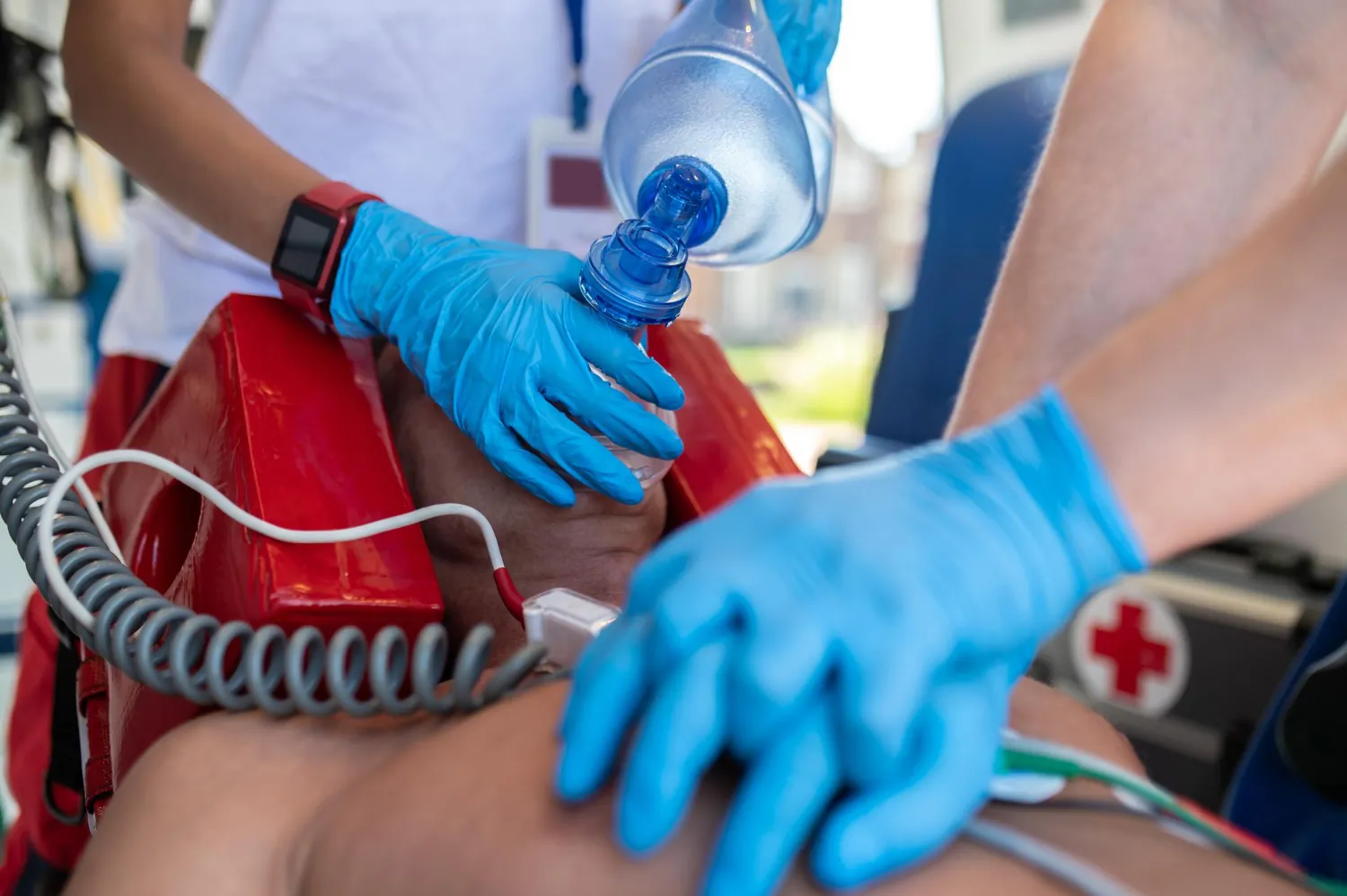Want to Be a Paramedic? How EMS Workers Get Their Start

Are you looking for a meaningful career? Do you like fast-paced environments, helping people, and exploring the medical world? Are you calm under pressure?
If you answered yes, an emergency medical services (EMS) career might be a perfect fit. If you’re exploring the idea of becoming an EMT or paramedic, here’s what you need to know as you begin your dream profession.
What Do You Need to Be a Paramedic?
Working in EMS is a deeply meaningful job. Yes, it can be stressful and challenging at times, but it can also be a very fulfilling choice for the right personality.
Whether you're a student considering your future career or someone exploring a mid-life career pivot, here's what you need to know to thrive in the world of emergency medicine.
First, the path to becoming a paramedic begins with EMT certification. Emergency Medical Technicians, a.k.a. “EMTs,” are the frontline responders who handle the basic life support tasks, including CPR, wound care, and patient transport.
If you’d like to become an EMT, you’ll need the following qualifications:
- A high school diploma or GED
- 120-150 hours from an accredited EMT program
- National or state certification (which means passing an exam like the NREMT)
- Physical and mental fitness, and resilience
Generally, paramedics start with EMT training. It’s through working as an EMT that they get valuable hands-on experience. The training and experience can also help you decide if you want to take your experiences and knowledge to the next level as a paramedic.
Becoming a paramedic requires more extensive training to help you build up critical skills for crisis response.
To become a paramedic, you must:
- Complete a 1-2 year accredited paramedic program
- Perform clinical hours in hospitals and the field
- Learn advanced skills including IV therapy, drug administration, EKG interpretation, trauma care, and airway management
- Pass the NREMT Paramedic certification exam
As a paramedic, you provide the highest level of pre-hospital care in most emergency systems and situations. Paramedics are specially trained to make critical split-second decisions, even in chaotic environments. This lifesaving work is in demand and crucial for medical crises.
How to Train to Be a Paramedic: Education, Costs, and Commitment
Becoming a paramedic requires a solid commitment of time, energy, and even finances. Paramedic programs are offered through different institutions, including community colleges, technical schools, and universities. The cost of programs can vary, but most of the time, the range is between $5,000 and $15,000. Many programs provide financial aid, tuition assistance, or scholarship coverage for education.
Some EMS groups and organizations may also offer sponsorship programs. These are often in place to help EMT workers take the next step in their careers. There are often post-certification work requirements and commitments.
You can expect to explore a range of topics in your paramedic program. Advanced anatomy and physiology are vital classes. Other classes include pharmacology and medication administration, trauma care and shock management, emergency obstetrics and pediatrics. Paramedics typically take specialty classes such as airway management and ventilation, and cardiology with ECG interpretation.
Each course prepares you for a wide range of medical emergencies you may encounter in the field. The work of EMS is varied and changes from day to day. One day, you may respond to a traumatic motorcycle accident, and the next, you may stabilize a senior who has suffered a stroke.
The training you undergo is there to help you build that muscle memory so responses become automatic even under high-pressure circumstances.
Beyond the classroom studies, be prepared to complete a significant number of clinical and ride-along hours for real-world experience. Learning how to be a paramedic goes well beyond casual training. Expect a rigorous, all-encompassing education that prepares you for a high-stakes career.
How to Be an EMT First: A Common Starting Point
If you're not quite ready to commit to a complete paramedic program, starting as an EMT is a great way to test the waters. EMT roles are often more accessible, with faster training programs that may be completed in just a few months.
The demand for EMTs is high; you'll find various career opportunities in urban and rural communities. These experiences are extremely valuable should you later choose to move into a career as a paramedic. As an EMT, you'll have a front-row seat to the demands and nuances of the job. You will quickly learn if it's right for you.
As an EMT you're still performing extremely critical tasks and responding to emergencies. It's important that you learn how to:
- Deal with difficult patients and stressful scenarios.
- Partner and communicate with other first responders: police and fire.
- Clearly hand off patient care to emergency and hospital personnel.
- Manage your fatigue, adrenaline, and stress.
- Bring a calm, supportive bedside manner to patients in crisis.
- Employ quick thinking and fast action under pressure.
All EMT skills carry over into a paramedic career. In fact, many paramedics readily reference their EMT experiences and see them as a pivotal stepping point. It's where you truly learn who you are under pressure.
What Traits Should EMS Personnel Have?
Do you have what it takes to stay calm, cool, and collected in an emergency? Becoming a paramedic isn’t for the faint of heart. Technical skills are essential, but personality traits are often even more critical.
EMS workers should be:
- Calm
- Compassionate
- Adaptable
- Communicative
- Committed
- Growth-Minded
As skills and new techniques are discovered, EMS personnel must be ready to meet the moment. If you aren’t constantly learning, your skills can stagnate. This career should be treated as a marathon, rather than a sprint. People can burn out quickly if they don’t pace themselves or continue to grow and improve.
Continuing education and a comfort level with technology are crucial for EMS workers today. Emergency response isn't the type of job where you earn your stripes and then coast for the rest of your career. The best responders keep learning, pushing themselves, and growing throughout their professional journey.
The Role of Workplace Culture: It’s Not Just About Pay
One of the most overlooked, but essential factors in EMS career longevity is attitude. And, one of the most significant factors in attitude is the culture of your department.
The biggest motivation killer is a place where people complain, have negative attitudes, and don't support each other. A negative organizational culture can't be made up for in pay.
LogRx CEO, Clive Savacool, explains, "Some of the best-paying jobs I had were miserable. The place that I loved the most paid the least, but the people were positive, the leadership was solid, and I knew I was supported.”
In a high-stress job like emergency medicine, the culture factor is something to pay close attention to, especially in the beginning.
When interviewing and visiting potential departments for employment, pay attention to the atmosphere. Do the employees seem burned out and bitter? Do you see signs of camaraderie at the station? Does leadership support training and advancement?
Working in a department with a strong, positive organizational culture can make or break your experience and, ultimately, your career.
If you’re considering a career in EMS, there are a few pieces of practical advice to follow:
- Begin as an EMT. Starting as an EMT is one of the best ways to get experience and to decide if you enjoy the work.
- Connect with mentors. Talk to seasoned professionals in the field. Ask for their advice and take it to heart.
- Be a sponge. Emergency medicine requires constant learning. You should take the classes, attend conferences, and approach the work with curiosity.
- Stay healthy. Prioritize your physical and mental wellness. Burnout and fatigue are real threats to your health and the health of your patients.
- Choose your workplace carefully. Remember that culture and attitude matter. A toxic culture can erode your love for the job.
The road to becoming a paramedic is challenging, but when it's the right fit, it is also one of the most rewarding jobs out there. It’s a vocation with a lot of purpose that genuinely feels like a calling.
At LogRx, we understand the rigors of EMS because we were started by first responders for first responders.Our controlled substance tracking works from the ease of your handheld phone or device—no extra hardware to carry and learn, and no hassle.
While tracking narcotics and other pharmaceuticals may not seem like the central focus of your day, in an emergency, it's still critically important for protecting your department. LogRx takes away the arduous task of tracking on paper, simplifying the task.
LogRx offers a fast and comprehensive overview from the Admin Portal for administration and leadership. You can view reports and see exactly where everything is in your system. Keep track of inventory and ensure your units are stocked with everything they need.
To learn more about how LogRx can help make your EMS career successful, reach out today. Whether you’re a seasoned pro or just starting out, LogRx can help alleviate job stressors and make it easy for your team to stay compliant.
Categories
Recent Posts
- LogRx and Knox: How LogRx Integrates with EMS Medication Lockboxes
- Connecting Community and EMS: 7 EMS Community Outreach Ideas
- Projecting Professionalism: Why EMS Uniforms Matter
- EMT Off-Duty Response: What You Should Carry Everywhere
- Basic EMT Trauma Assessment Scenarios: Gearing Up for Certification
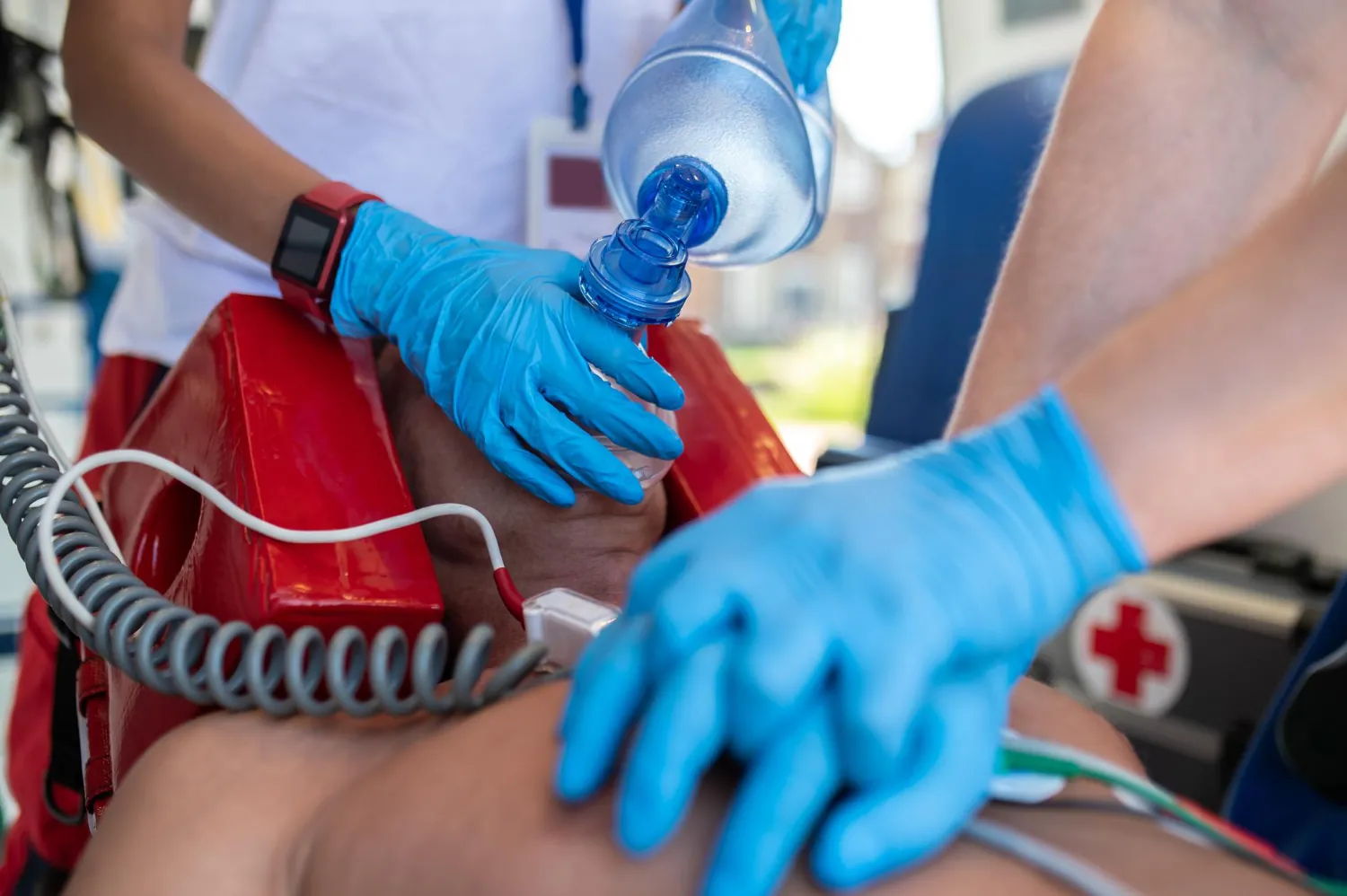

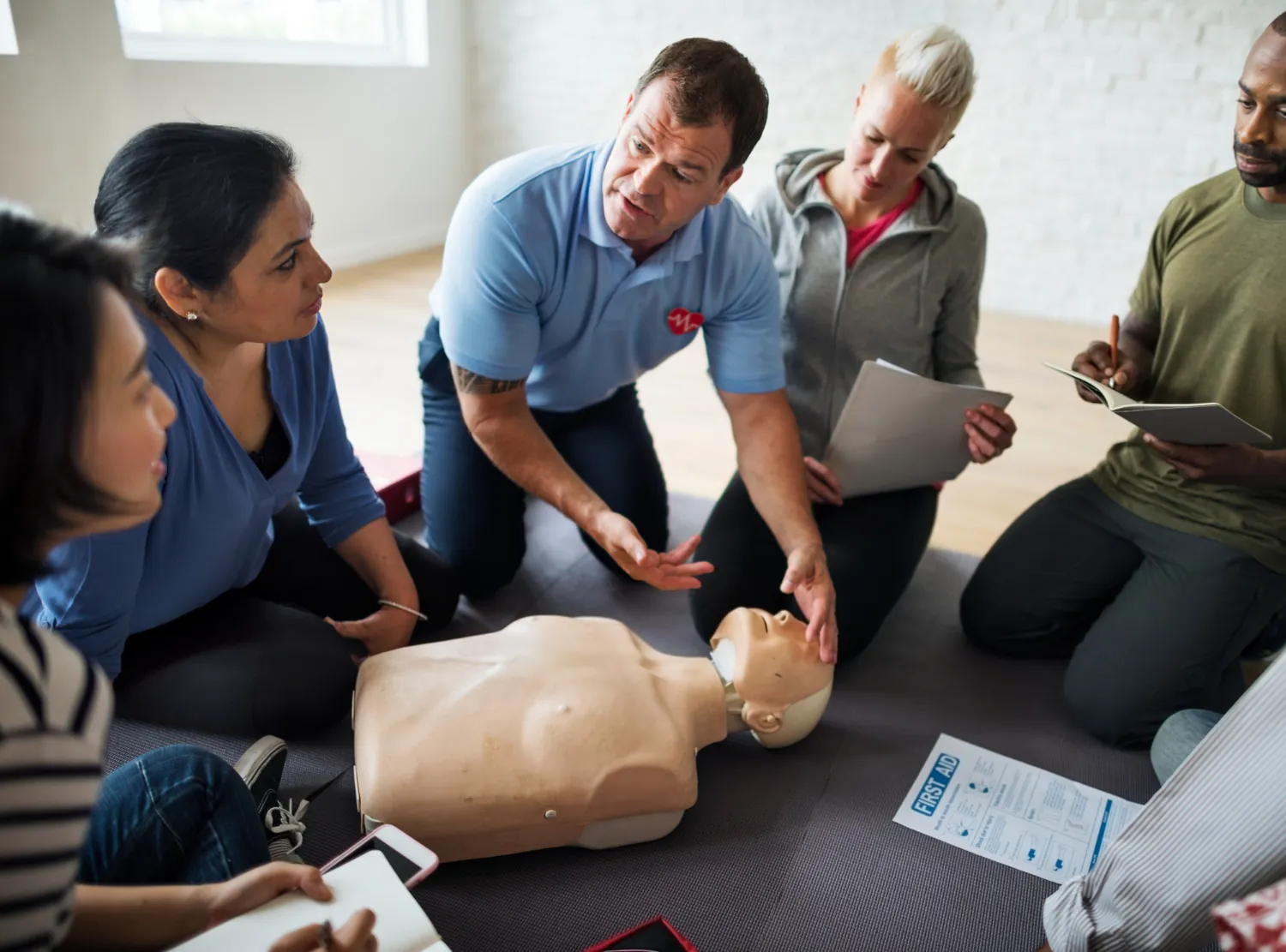






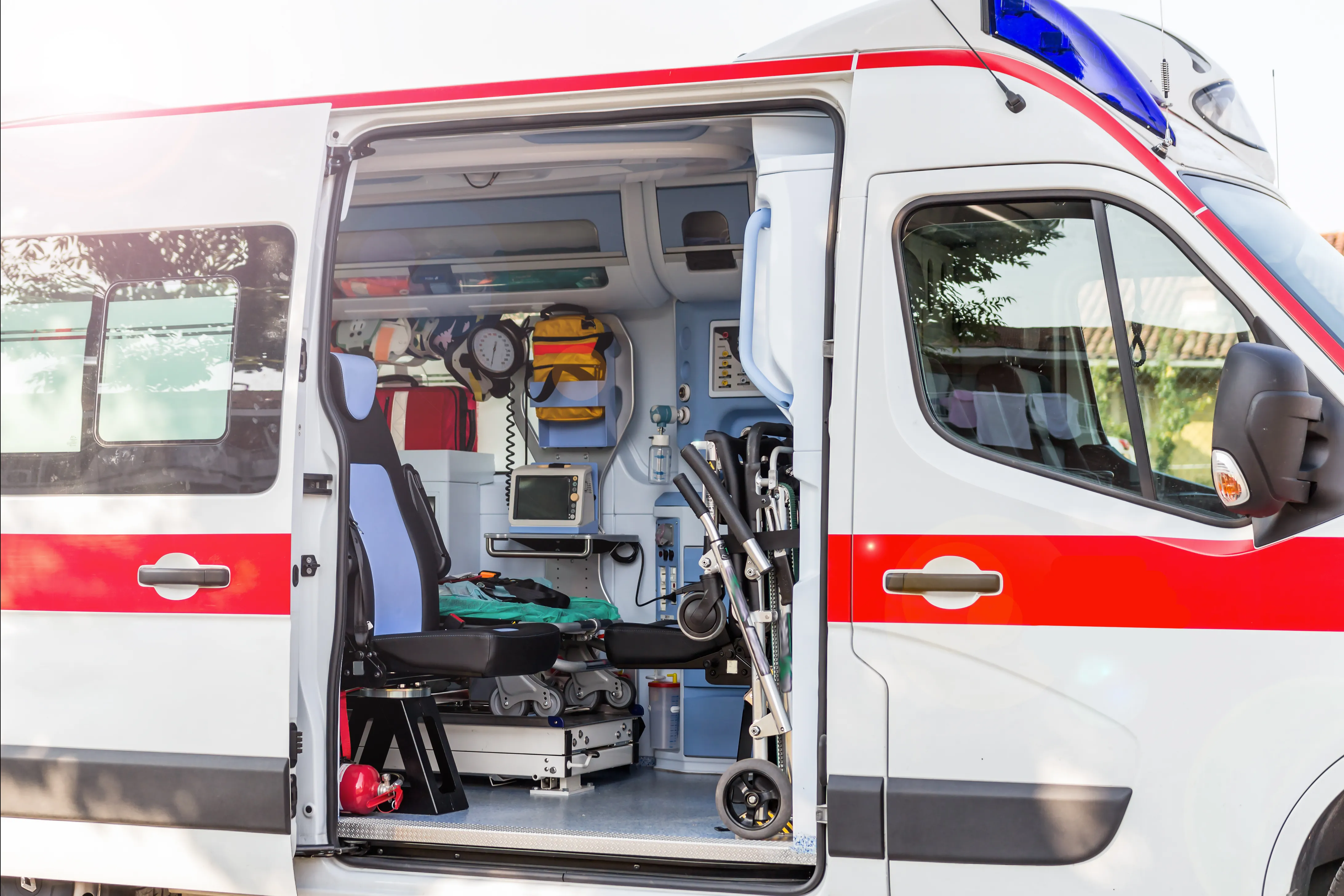





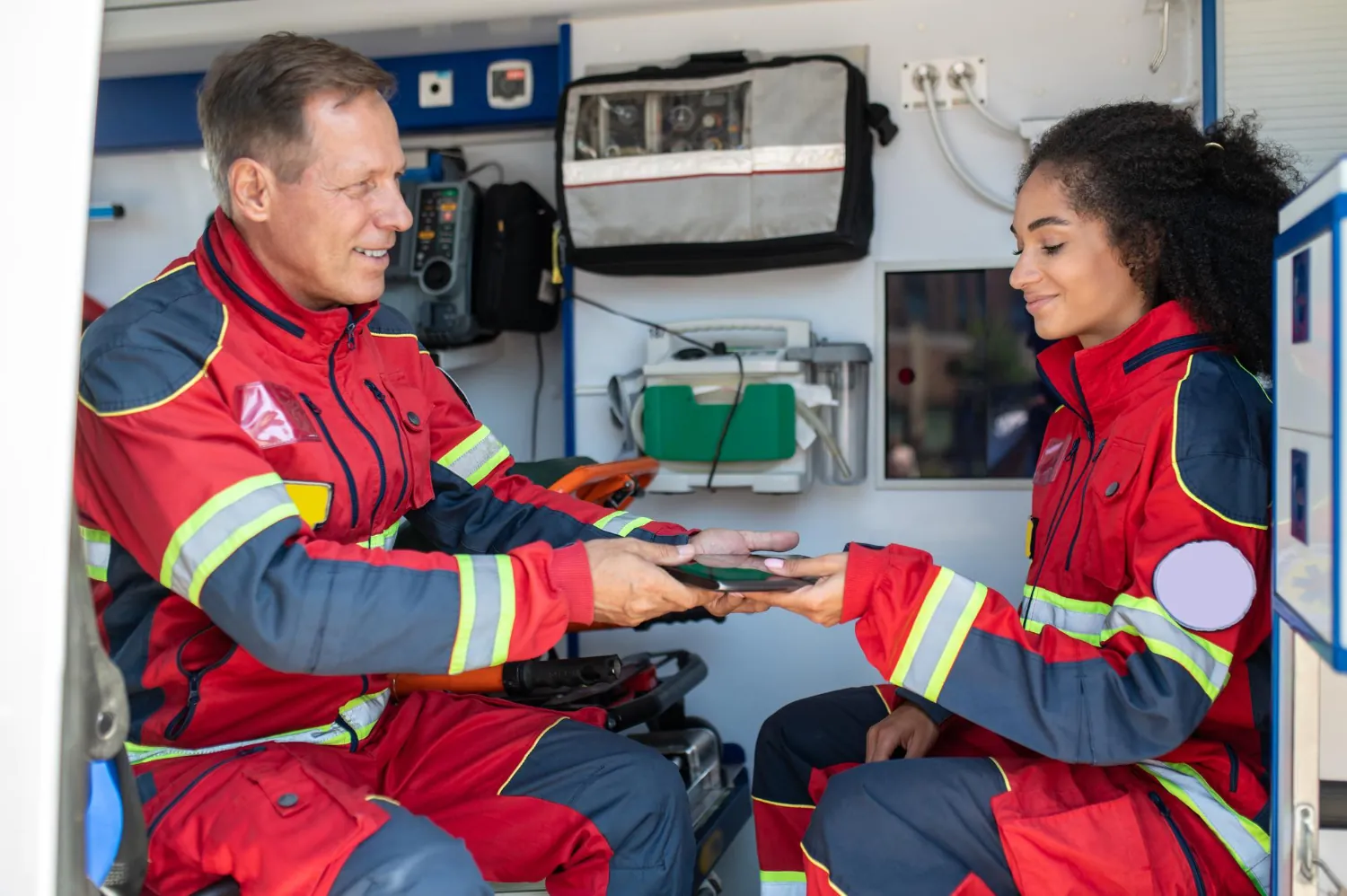


.webp?t=1764979109380)




